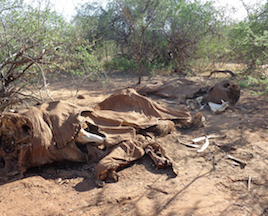Researchers estimate that 7% of all elephants deaths in Africa between 2010 and 2012 can be attributed to illegal killings. The authors first surveyed elephant carcasses in Kenya’s Samburu National Reserve to distinguish between illegal and natural causes of mortality, then built a model to estimate poaching on the continent. The authors conclude that […]
Tag: conservation
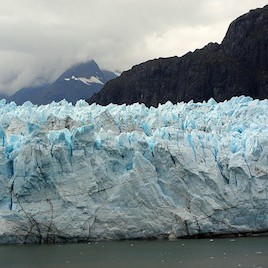
Is it our fault that glaciers are retreating?
A new paper helps quantify how much of the global loss of glaciers can be attributed to human activity as opposed to natural variation in earth’s temperature. The study uses a mathematical model to compare the amount of glacier melt that would have been expected based on natural and man-made forcings to the actual amount. […]
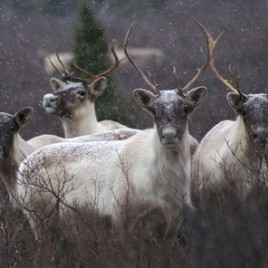
New tools to explain genetic diversity in caribou
Maintaining healthy genetic diversity in caribou means ensuring that populations don’t become fragmented, but a new study underlines just how tricky this can be. Currently, caribou preserves are constructed without taking into account how the habitat needs of caribou change throughout the year; for example, land that is prime pasture in summer may be snow-covered […]
Mercury is rising in the oceans
Mercury levels in the ocean have more than tripled in some regions as a result of human activity, a new study reports. Researchers measured mercury levels during several recent expeditions to the Atlantic, Pacific, Southern and Arctic oceans. The research team found that mercury content of surface water had three times the amount of mercury compared […]
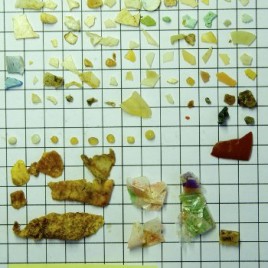
Researchers call for more studies on plastic in seabirds
Ingestion of plastic by seabirds is a serious problem, but research into the issue is patchy, according to a new review paper. Of the 91 seabird species in Canada, 33 have at least one reported case of plastic ingestion, however detailed data on plastic ingestion over time is available for only 6 species. Plastic ingestion […]
Scientists propose ‘roadmap’ to determine the impact of fracking
An international review highlights the knowledge gaps related to the ecological consequences of shale gas development, and sets priorities for future research. The authors point out that shale-drilling operations have increased by more than 700 per cent in the United States since 2007 and that it has occurred mostly in areas of biological diversity, yet […]
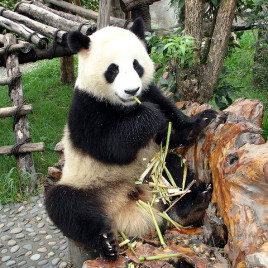
Captive population of giant pandas is healthy
The population of captive giant pandas in China is genetically healthy, a new study shows. Researchers have observed high levels of genetic diversity and low levels of inbreeding in pandas living in four Chinese breeding centres. The researchers came to their conclusion after analayzing 240 pandas out of 341 that are kept in captivity. The authors hope […]
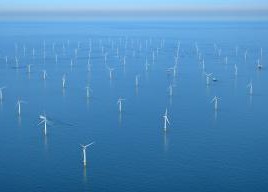
Seals forage near man-made structures
A new study shows that some harbour and grey seals are using man-made wind farms and undersea pipelines as foraging grounds. Seals were tagged with GPS tracking devices off the UK and Dutch coasts. Scientists noted that a few seals – up to 30 per cent in some populations – foraged near offshore wind farms, […]
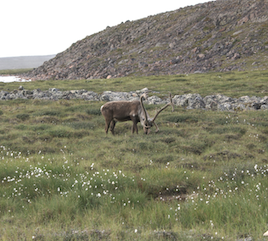
Caribous and wolves metabolize some pesticides
Caribou and wolves living in the Canadian Arctic are able to metabolize some pesticides according to a new study. By analyzing local vegetation and the tissue of captured caribous and wolves researchers looked to see if the pesticide levels would biomagnify – increase in concentration up the food chain. They saw that while currently used pesticides do enter the food […]
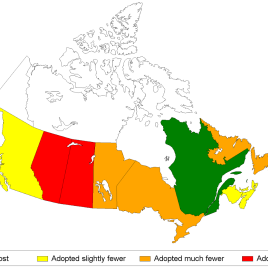
What’s the greenest province in Canada?
Researchers measuring pro-environmental behaviour in Canada at the household level found that British Columbia and Québec lead the pack. The study was conducted using the answers to 39 questions on the 2007 Environment Survey of Statistics Canada. They found out that households in British Columbia, Quebec, Prince-Edward-Island and Nova-Scotia were the greenest opposed to Alberta, […]
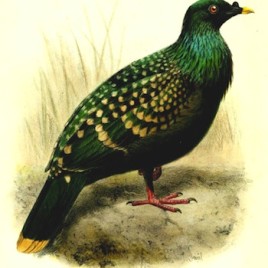
Spotted green pigeon was a unique species
DNA analysis has shed light on the origins of the mysterious spotted green pigeon, of which only one stuffed specimen remains. The specimen is held by the World Museum in Liverpool UK, but there is no record of where the pigeon was found, nor are there any records of sightings in the wild. DNA barcoding […]
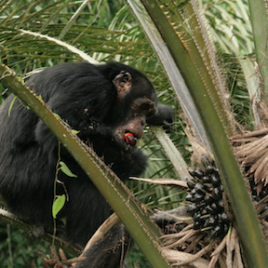
Palm oil agriculture could means trouble for Africa’s great apes
The booming oil palm industry in West and Central Africa could have a negative impact on great apes, a new study shows. The authors estimate that nearly 40% of the distribution of great ape species on unprotected lands overlaps with suitable oil palm areas. The countries most at risk are Gabon, Congo, and The Democratic […]
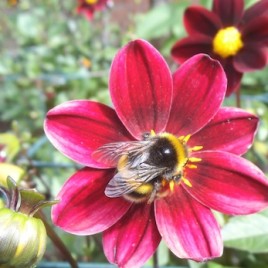
Exposure to pesticides impairs bees’ foraging ability
A new analysis confirms that exposure to pesticides – including one in the neonicotinoid (neonic) class – has a negative impact on bees’ foraging ability. The study used radio-frequency identification (RFID) tags to track 259 bees from 40 colonies over 4 weeks. Bees exposed to the neonic pesticide either by itself or mixed with another […]
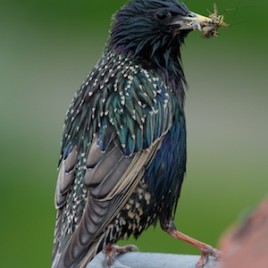
Link drawn between pesticide use and bird declines
Researchers in the Netherlands have drawn a link between use of the neonicotinoid (neonic) pesticide imidacloprid and declines in insect-eating birds. The study found that in areas of the Netherlands where imidacloprid concentrations in surface water were highest – more than 20 nanograms per litre – bird populations tended to decline by 3.5 per cent […]
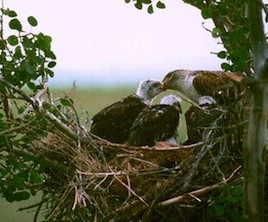
Hawks and owls have trouble as single dads
Some male hawks and owls have trouble adapting their behaviour in order to raise chicks on their own, a new study finds. In breeding pairs, the male is the primary provider of prey for their young while females tear the prey into right-sized chunks and also brood the chicks. (i.e. use their bodies to shield […]
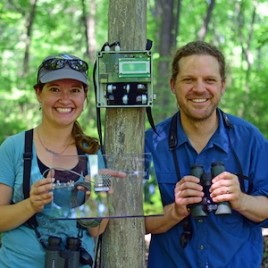
Night-time squawking helps track bird migration
New audio recordings confirm that Lake Erie is not a barrier to bird migration, but that birds pick their routes so as to stay above islands if possible. Migratory birds fly at night, so the team used audio recordings from the north shore of Lake Erie and from Pelee Island — in the middle of […]
